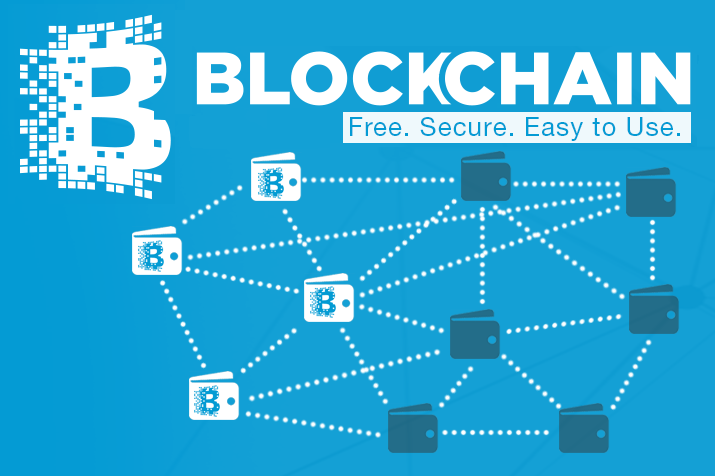Sberbank, along with Goldman Sachs and JP Morgan, will develop the blockchain, on the basis of which Bitcoin operates
Blockchain transaction security technology is a distributed and open database that does not allow individual records to be modified. Blockchain provides security for cryptocurrencies, including bitcoins. Sberbank for blockchain-based services development plans to join the R3 consortium, which includes nine of the world's largest banks, including Goldman Sachs, Barclays, Credit Suisse and JP Morgan.

A “chain of transaction blocks” is a chain built up according to certain rules from formed transaction blocks, special structures for recording transactions in the Bitcoin system and similar cryptocurrencies. Each of the blocks contains information about the previous block, and all blocks can be lined up and double-checked the history of all operations with bitcoins. Blockchain does not allow to intentionally change individual records, since such a block will not be considered reliable.
Nasdaq plans to use blockchain to simplify transaction verification, speed up the trading process and increase reliability. In Russia, Qiwi has become the first organization planning to use blockchain technology, including the issue of Bitruble cryptocurrency.
')
The major global banks that are members of the R3 consortium seek to develop services based on this technology to ensure security and to reduce dependence on the international interbank SWIFT system - “Society for Worldwide Interbank Financial Telecommunications”, of which more than ten thousand organizations are members. Theoretically, the technology will help remove the risks of Sberbank associated with a possible disconnection from SWIFT in the event of sanctions.

A “chain of transaction blocks” is a chain built up according to certain rules from formed transaction blocks, special structures for recording transactions in the Bitcoin system and similar cryptocurrencies. Each of the blocks contains information about the previous block, and all blocks can be lined up and double-checked the history of all operations with bitcoins. Blockchain does not allow to intentionally change individual records, since such a block will not be considered reliable.
Nasdaq plans to use blockchain to simplify transaction verification, speed up the trading process and increase reliability. In Russia, Qiwi has become the first organization planning to use blockchain technology, including the issue of Bitruble cryptocurrency.
')
The major global banks that are members of the R3 consortium seek to develop services based on this technology to ensure security and to reduce dependence on the international interbank SWIFT system - “Society for Worldwide Interbank Financial Telecommunications”, of which more than ten thousand organizations are members. Theoretically, the technology will help remove the risks of Sberbank associated with a possible disconnection from SWIFT in the event of sanctions.
We are very closely interacting with this consortium and are looking in which direction the evolution of blockchain technology is heading. Now we are looking at the documentation (consortium), expediency, and I do not rule out that we will enter this consortium, although the final decision has not yet been made. Lev Khasis, First Deputy Chairman of the Board of Sberbank, in an interview with Kommersant
Its main difference from other databases is the protection methods, which practically exclude the possibility of replacing individual records. An important element of blockchain protection is the distribution and openness of data. For example, a bitcoin database, which is based on the blockchain, is stored in the public domain. Deputy Director General of Zecurion Alexander Kovalev
Source: https://habr.com/ru/post/297204/
All Articles